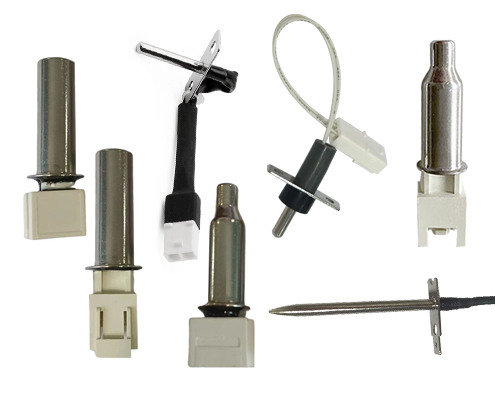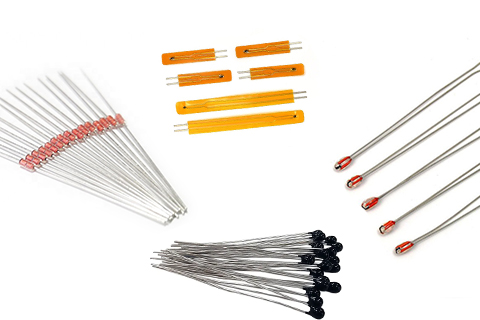What is the NTC temperature sensor
NTC temperature sensor is a temperature sensor based on a negative temperature coefficient thermistor. The resistance value of the NTC thermistor decreases with the increase of temperature, which enables NTC temperature sensors to sense temperature changes and convert them into changes in resistance value, and then convert them into measurable temperature signals through circuits.
Structural characteristics
NTC temperature sensors typically consist of core components such as NTC thermistors, metal or plastic casings, extension leads, and metal terminals or connectors. And install it in the circuit to achieve temperature measurement.
Working principle
The working principle of NTC temperature sensors is mainly based on the thermal sensitivity effect, which refers to the phenomenon that the resistivity of a substance changes under temperature changes. When the ambient temperature changes, the resistance value of the NTC thermistor will change accordingly. By measuring the resistance value of an NTC thermistor, the current temperature information can be indirectly obtained. Due to the functional relationship between the resistance value of the NTC thermistor and temperature (usually a negative exponential relationship), the resistance value can be converted to temperature value by consulting the resistance temperature characteristic curve or using corresponding algorithms. Thus achieving temperature measurement and control.
Application area
NTC temperature sensors are widely used in various temperature measurement and control fields due to their high sensitivity, high precision, and wide operating temperature range. Common applications include household appliances such as air conditioners, refrigerators, washing machines, dishwashers, aquaculture equipment, fish tanks, new energy vehicle charging stations, network signal base stations, and industrial settings that require precise temperature control. In addition, NTC temperature sensors are commonly used in consumer electronics products such as smartphones, tablets, etc.






